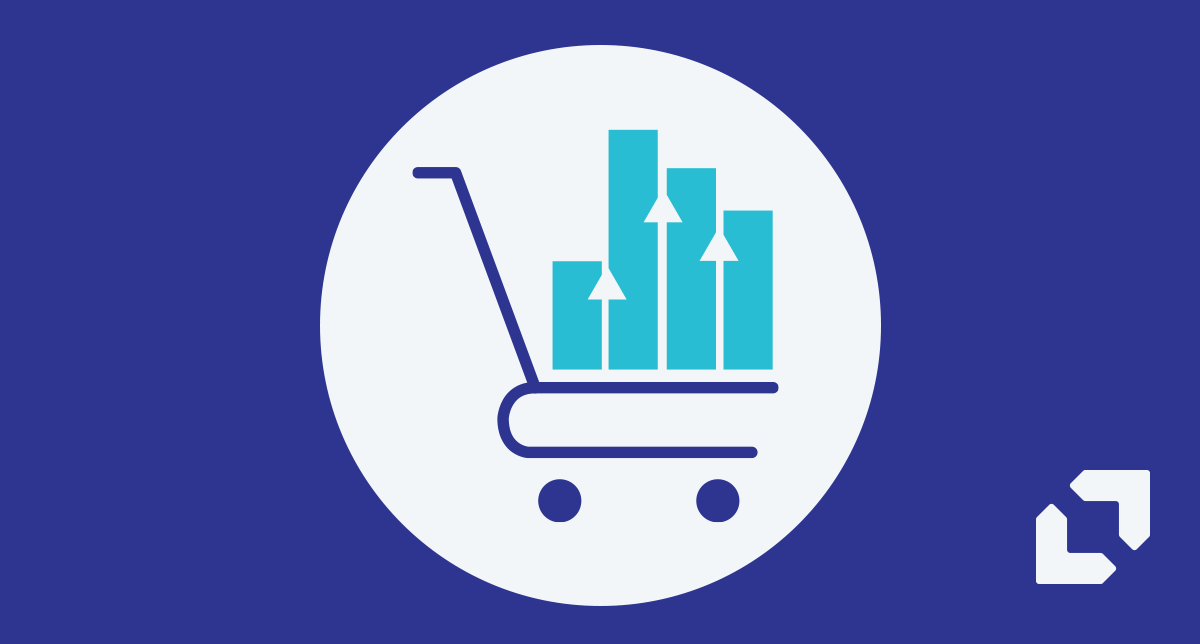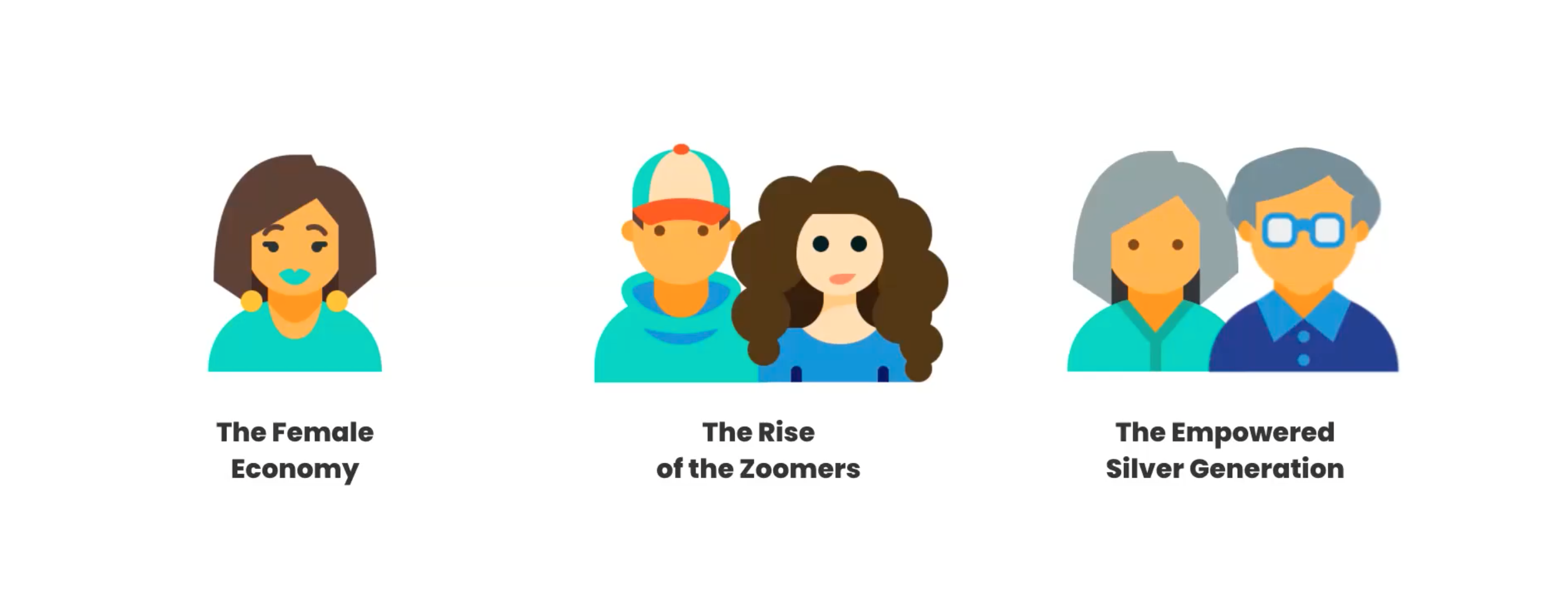Data is critical to understanding consumers and unlocking human-centered insights. Just like other areas of your business, your data strategy has been impacted by the pandemic and needs to evolve. Here’s how to address the shifts and realities of a new digital world where your audience demands more.
Your existing customers are not the same as they were even a few months ago. The ones you might have gained probably don’t look anything like the ones you already have.
One year into the pandemic, all of your audiences are dealing with added stress. That means they have increasingly non-negotiable expectations for brands and retailers. Those high expectations have dramatically changed their shopping behaviors — but if your data strategy isn’t solid, you might not know how or even see it happening.
Your data is an important tool in understanding how things have changed and how your reaction to those changes are resonating with your customers. Before you start pulling reports and doing analysis, you need to think about how your approach to collecting and using data might have been impacted.
Here are three important ways the pandemic has impacted data strategies and how you can work to address them.
The time to revisit your drifting data models is now
Every data model used by businesses – predictive and resource allocation to financial forecasting – was impacted by the pandemic. Whether it was upended entirely or more minimally shifted is something you need to know sooner rather than later.
Your current models could very well be built off data that no longer represents the realities of your business. The importance of eCommerce over in-person changes in browsing behavior and new evaluation criteria are major considerations, but even smaller things like the size of items people buy are impacting the accuracy of models and increasing “drift.”
Many businesses recognized this quickly and adapted accordingly, specifically by:
Becoming more comfortable with less precision
No model is perfect, but many businesses act like they are. Increasing the amount of business sense, interpretation, and perspective will allow you to identify when and how to use model output.
Embracing novel or unique data sources into new models
Datapoints that might have seemed like edge cases before the pandemic have suddenly become valuable additions. Data like flight bookings, shipping statistics, or mobility data have all become more relevant signals of consumer behavior. Thinking about ways to collect, process, and roll them into your modelling efforts can keep them in tune with ever-changing consumer behavior.
Airlines are an excellent example of how this played out in real life. Tried-and-true forecasting methods based on the economy, seasonality, past schedules, and profits went out the window during COVID-19.
The difference between past models and current customer behavior couldn’t be more drastic. From August to September 2020, 40% of flights booked in the northern hemisphere were booked just three days before the flight, rather than the 6-month average airlines were used to seeing.
In 2021, businesses should continue to refine their models using new data sources and techniques to improve accuracy and reliability. Rather than a one-and-done, think of this as a new ongoing process to build into your higher-level strategy. There are going to be a lot more changes before the world settles down – developing a new mindset that will continually help you get ahead of model drift is critical.
Your business is probably more agile than you think
Agility is a necessary business goal, and it’s the foundation of how quickly and effectively you can adapt to survive. If your business survived 2020, I’ve got good news: you’re probably more agile than you give yourself credit for.
Changes that would have usually taken many months, even years, happened in a relative blink of an eye in the wake of COVID-19. Rapid changes in customer behavior, both in their needs and their decision-making processes, have been a “forcing function” for many businesses, accelerating plans that have been on the books for years.
Digital transformation plans were accelerated (to put it mildly) and many companies evolved into eCommerce brands overnight. One of the agile methodology’s core processes went into practice whether you were ready for it or not, and it was suddenly acceptable to start with “good enough” and iterate to an ideal end state.
This allowed businesses to generate data faster, know whether they were successful in meeting consumer needs faster, and make decisions on where/how to iterate faster. They could suddenly see what agile looks like in action for themselves, in ways that planning and theories simply could not offer. For some, they realized it wasn’t as scary as they might have thought.
The critical challenge will be not sliding back into old waterfall methods of doing things once customer behavior normalizes into whatever is coming next.
Find (and fix) holes in your data process
The best and worst time to find a hole in your roof is when it’s raining. And in the deluge that is the pandemic, a lot of businesses are finding out that their data processes have a lot of holes that need patching. Those holes slow down decision-making processes and reduce the accuracy of the data.
Typically, the biggest holes are:
- Dirty data – it masks changes in your target consumers’ behavior, making it harder to track how your products and services are truly performing.
- Overlapping data – it will confuse you and muddy insight by giving you multiple views of the same thing.
- Manual processes – manually consolidating and cleaning your data is time-consuming, error-prone, and impossible to scale.
When you’re patching these holes now, think about the future and ensure that you’re addressing the root problem, not the superficial pain point. That way, when it rains next, you’ll be protected.
When it comes to getting more from your data, Appnovation’s approach to data, analytics, and insights will help you uncover the tangible insights you need to navigate your business with human-centered empathy, now and into the future.
Ready to get the most from your data? Get in touch.


